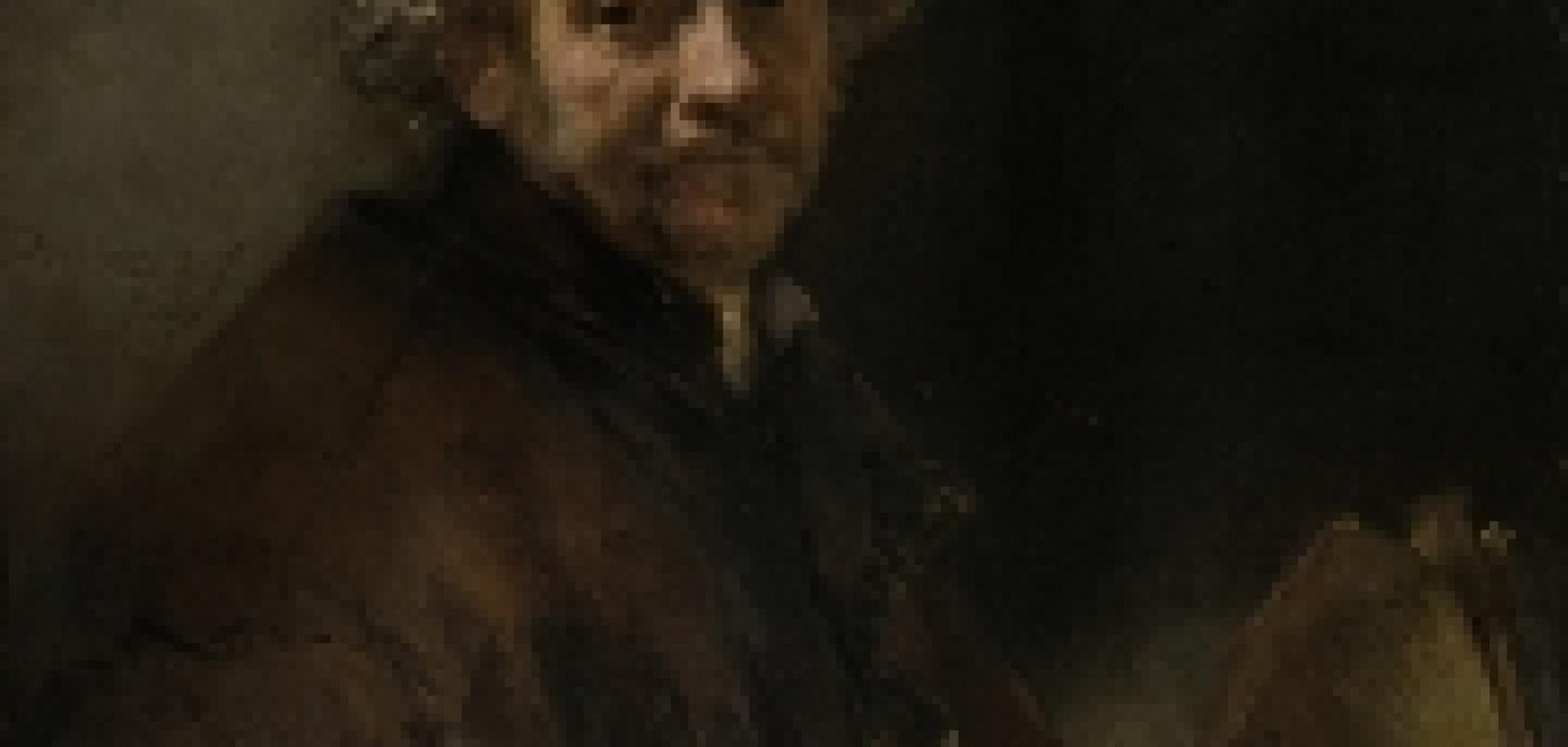Rembrandt and other Old Masters may have used lenses and projections to aid self-portraits, according to a recent study carried out by two independent researchers.
The idea that Old Masters may have used optics to help with realism and accuracy was first proposed in the year 2000 by contemporary artist David Hockney and a physicist, Charles Falco. Hockney and Falco suggested that artists as early as 1430 secretly traced optical projected images for certain parts their works, which played a key role in the rise in realism in the ars nova, or ‘new art’, of that time. The idea was met with much scepticism and controversy.
The authors of a paper published in the Journal of Optics on 14 July were able to show that using technology available to 17th century artists, it is possible to project a self-portrait image onto a surface that the artist could mark or trace.
Five setups are proposed by the researchers – one using solely a concave mirror, and three using a combination of a flat and a concave mirror, and one using two flat mirrors and a lens.
The works of Rembrandt, an artist well-known for his highly-detailed self-portraits, were analysed.
‘He made etchings and even a couple of painted self-portraits on copper, a surface upon which projections can be seen very clearly,’ explained Francis O’Neill, an author of the paper, ‘and his works are known for their use of Chiaroscuro, a contrast of light and dark which would be essential for projections.’
‘Furthermore, his self-portraits laughing and with wide-open eyes would require incredible physical discipline to alternate between looking at himself in the mirror and then creating the image – but he wouldn’t have had to move his eyes from the drawing surface if he traced a projection,’ O’Neill added.
In the paper, the authors also point out that because both Rembrandt – along with Old Masters – made paintings in which their eyes look laterally out of the image. This would have been very difficult for them to see and paint themselves this way without the use of projections, the researchers said.
The researchers also reviewed the relative proportions of Rembrandt’s head in his late self-portraits, which are consistently, and unusually, large. His etched self-portraits are also generally very small. The researchers found these anomalies to be necessary for the projection process.
‘The evidence suggests he used lenses and projections,’ O’Neill concluded. ‘The similarity of his images to projections, in their lighting and soft focus, along with the use of lens technology by his peers and fellow artists, and the contemporary literature on the subject, all support this.’
Further information


